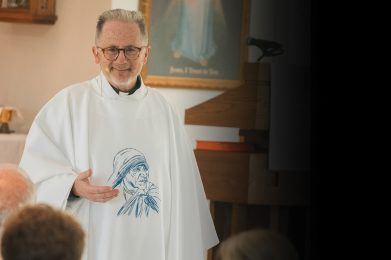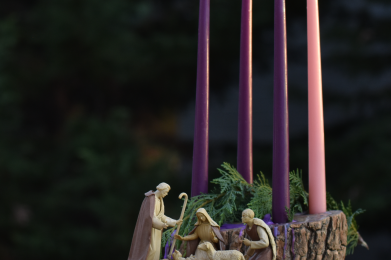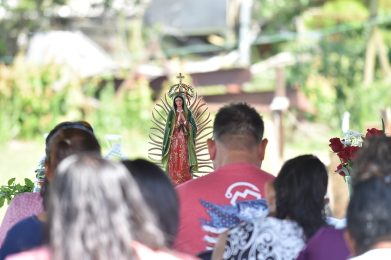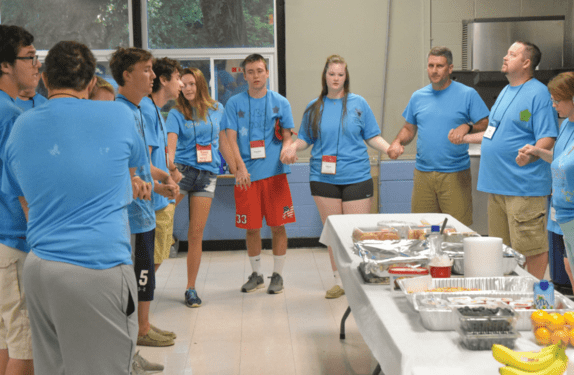FROM THE PRESIDENT – FATHER DAN DORSEY
In the parable of the Good Samaritan, the expert in the law asks Jesus, “And who is my neighbor?” (Lk.10:29).
Pope Benedict XVI wrote what I believe is one of the most profound and moving encyclicals I’ve ever read: Deus Caritas Es, “God is Love” (December 25, 2005). In that Church teaching, Pope Benedict reflects from a faith and theological perspective on that very question the expert in the law asked of Jesus.
The issue and question of immigration today is in the forefront of our political and secular debate. Through the lens of our faith in Jesus Christ, it is also a question: Who is my neighbor? I would suspect that readers of this column have differing beliefs and opinions.
In Glenmary, the issue of immigration affects us in a very personal way—both in those we serve in our missions and for our Glenmary missioners who are from Kenya, Uganda, and Mexico.
Pope Benedict reminded us as Catholics that the Church’s deepest nature is expressed in her threefold responsibility:
- Proclaiming the Word of God,
- Celebrating the sacraments,
- Exercising the ministry of charity (#25a).
These duties are inseparable.
For the Church, charity (love of neighbor) is not a kind of welfare activity that could just as well be left to others. Rather, it is a part of our nature, an indispensable expression of the Church’s very being. Jesus shows us the way to love our neighbor. The Bible proclaims it.
In God and with God, Jesus commands us to love even the person whom we do not like or even know.
This can only take place on the basis of an intimate encounter with God, an encounter that has become a communion of will, even affecting my feelings ( #18). When I embrace this communion, I learn to look at this other person not simply with my eyes and my feelings, but also from the perspective of Jesus Christ. His friend is my friend. Going beyond exterior appearances, I perceive in others an interior desire for a sign of love, of concern—God’s desire (#18).
So who is my neighbor when it comes to immigration and the political debate? We look to the Church for guidance. Here are the principles of our Catholic Church teaching on migration that can assist us:
- Sovereign nations have a right to control their borders. The Church recognizes the right of sovereign nations to control their territories but rejects such control when it is extended merely for acquiring additional wealth.
- Refugees and asylum seekers should be afforded protection. Those who flee wars and persecution should be protected by the global community.
- Persons have the right to find opportunities in their homeland. All persons have the right to find in their countries the economic, political, and social opportunities to live in dignity and achieve a full life through the use of their God-given gifts.
- Persons have the right to migrate to support themselves and their families. The Church recognizes that the goods of the earth belong to all people.
- The human dignity and human rights of undocumented migrants should be respected. Regardless of their legal status, migrants, like all persons, possess human dignity that should be respected.
My purpose in writing this column is to move each of us from a position that is political and abstract to a position that begins and ends with our faith in Jesus Christ and his commandment to love our neighbor.
I conclude with the prayer at the end of Pope Benedict’s encyclical. Let us kneel at the foot of the cross and ask our Blessed Mother for guidance:
“Holy Mary, Mother of God, you have given the world its true light, Jesus, your Son—the Son of God. You abandoned yourself completely to God’s call and thus became a wellspring of the goodness that flows forth from him. Show us Jesus. Lead us to him. Teach us to know and love him so that we too can become capable of true love and be fountains of living water in the midst of a thirsting world. Amen.”






